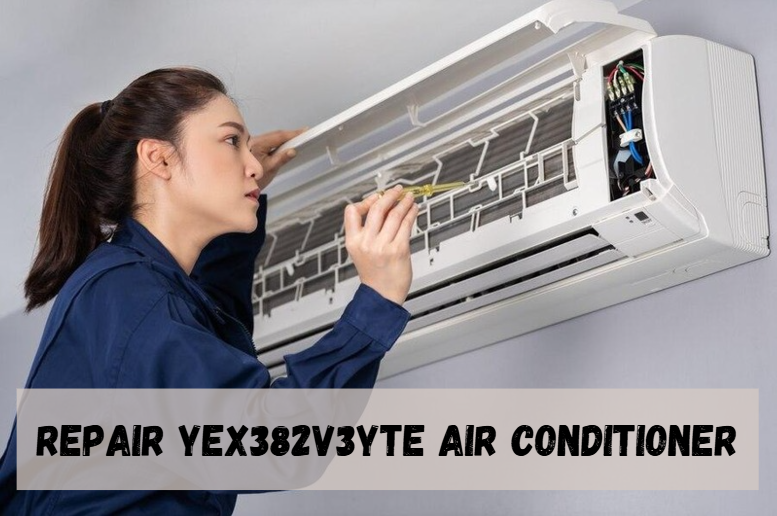In retail, shopping carts are one of the most used—and often most overlooked—pieces of store equipment. From the moment customers step in, they rely on carts to make their shopping experience easier and more enjoyable. However, like any piece of equipment, carts require maintenance, repairs, and occasional part replacements to stay in top condition. That’s where cart services cost comes into play.
Allocating a budget for cart services is not just about maintenance—it’s about investing in customer satisfaction, safety, and long-term cost savings. In this article, we’ll explore why cart services cost should have a permanent place in your annual store budget.
The Hidden Role of Shopping Carts in Retail Success
Shopping carts might seem like a minor detail compared to store layout or inventory, but their impact is significant. A 2023 retail behavior survey found that 85% of shoppers are more likely to stay longer in a store if carts are in good condition. Smooth-rolling, stable carts help customers focus on shopping instead of wrestling with squeaky wheels or wobbly frames.
When carts are neglected, the result can be the opposite—frustration, shorter shopping trips, and even safety hazards. Budgeting for cart services cost ensures these problems are minimized or avoided entirely.
Understanding What Cart Services Include
The term cart services cost covers a wide range of maintenance and repair needs, such as:
- Wheel Replacement – Fixing flat spots, broken casters, or squeaky wheels.
- Frame Repairs – Welding or replacing bent or damaged frames.
- Handle and Child Seat Maintenance – Ensuring safety features are intact and comfortable to use.
- Deep Cleaning and Sanitizing – Maintaining hygiene, especially important post-pandemic.
- Cart Alignment and Stability Checks – Preventing carts from veering or tipping.
By including these services in your budget, you’re not scrambling for emergency repairs mid-year—you’re prepared.
How Cart Maintenance Affects Customer Experience
Retail competition is fierce, and customer loyalty depends on many subtle factors. Something as simple as a smooth, quiet cart can leave a lasting positive impression.
Poorly maintained carts can:
- Veer off course, making steering difficult.
- Produce loud noises, disturbing the shopping environment.
- Require extra effort to push, especially when loaded.
In fact, a 2024 store equipment report revealed that stores with regularly serviced carts received 15% higher customer satisfaction scores than those without consistent maintenance. That alone justifies factoring cart services cost into your yearly budget.
Safety Benefits of Regular Cart Services
Beyond convenience, carts must be safe for both customers and employees. Neglected carts can lead to:
- Tripping hazards from broken parts.
- Rolling accidents in parking lots.
- Muscle strain for employees collecting heavy, poorly rolling carts.
Accidents caused by faulty carts can result in costly liability claims, damaged reputation, and lost customer trust. Proactively budgeting for cart services cost is far cheaper than paying for injuries or lawsuits.
Cost Savings Over the Long Term
Many store managers hesitate to spend on cart services, assuming it’s an unnecessary expense. The reality is the opposite—preventive maintenance reduces long-term costs significantly.
Replacing all four wheels on a cart might cost a fraction of buying a brand-new one, yet can extend its lifespan by 3–5 years. Similarly, regular inspections can identify small issues before they become expensive problems.
By allocating funds for cart services cost annually, you’re spreading out expenses and avoiding sudden, large-scale replacement costs.
How to Plan Your Cart Services Budget
When determining your cart services cost for the year, consider:
- Number of Carts in Your Fleet – More carts mean higher maintenance needs.
- Frequency of Use – High-traffic stores require more frequent servicing.
- Environmental Factors – Outdoor exposure or rough parking lot surfaces can accelerate wear.
- Service Provider Rates – Partner with a reliable provider who offers consistent, quality work.
Many retailers schedule quarterly maintenance checks to ensure carts are always in optimal condition without disrupting daily operations.
The Competitive Advantage of Well-Maintained Carts
Shoppers often compare their in-store experiences, and small details can tip the scale in your favor. If your carts are easy to maneuver, clean, and safe, customers are more likely to return—and even recommend your store to others.
In a competitive retail market, cart services cost is not just a maintenance line item—it’s a customer retention strategy.
Final Thoughts
Including cart services cost in your annual store budget is not an optional expense—it’s a smart investment in your store’s success. Well-maintained carts improve customer satisfaction, reduce safety risks, extend equipment lifespan, and save money over time.
By treating cart maintenance as a priority rather than an afterthought, you ensure that customers leave with full carts, happy experiences, and every reason to come back. In retail, that’s an investment worth making every year.




